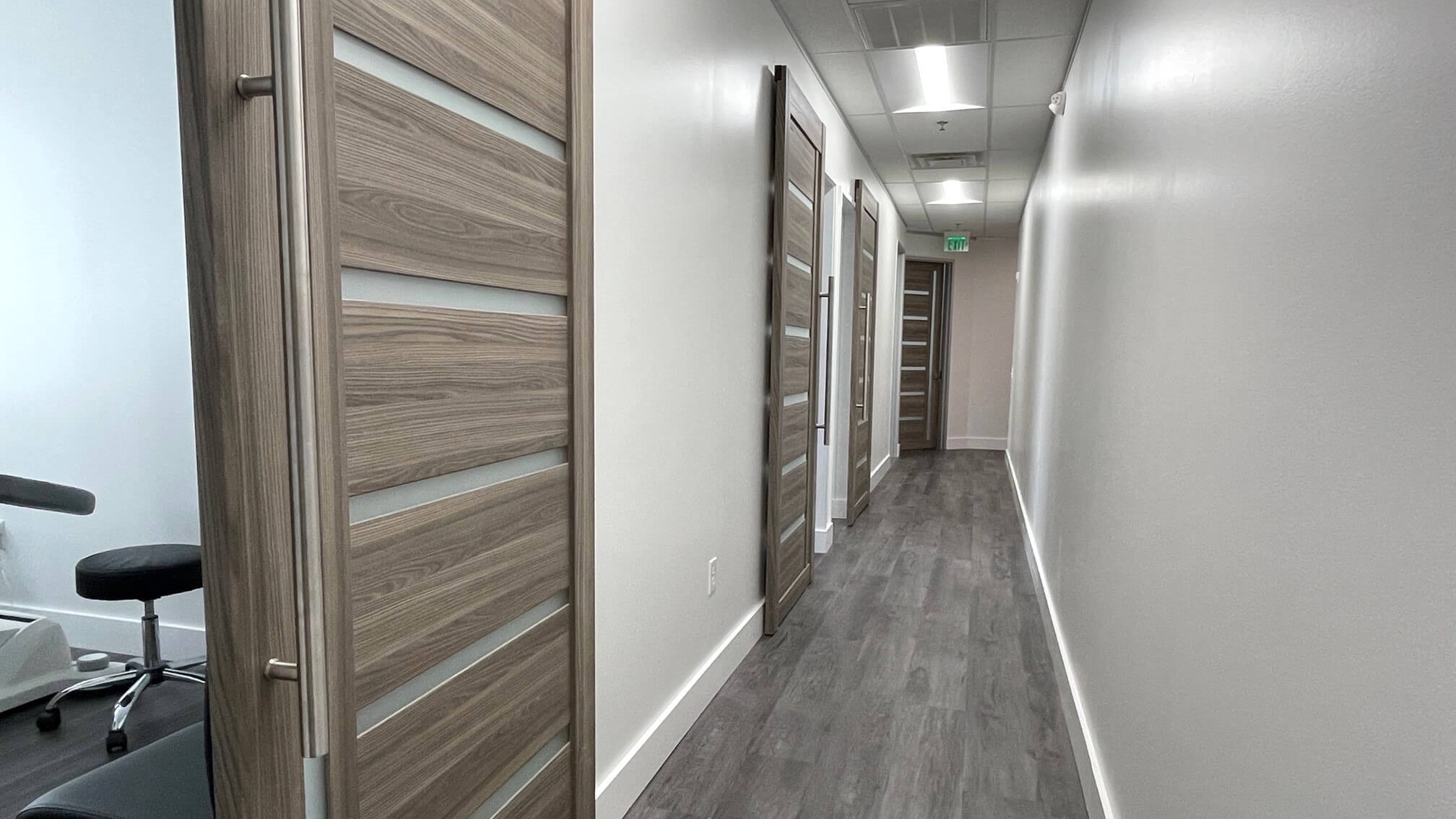Understanding JP Drains: What They Are and How to Use Them
&srotate=0)
When it comes to plastic surgery procedures, post-operative care plays a crucial role in ensuring a safe and successful recovery. JP drains, or Jackson-Pratt drains, are commonly used after various plastic surgeries to manage fluid buildup and promote healing. In this blog post, we'll explore what JP drains are, why they're used, and how to manage them during your recovery.
What Are JP Drains?
JP drains are a type of surgical drain that consists of a soft, flexible tube connected to a bulb-shaped reservoir. These drains are placed under the skin during surgery, and their primary purpose is to remove excess fluids, blood, and serous fluid from the surgical site. They help prevent complications such as hematoma (collection of blood) and seroma (collection of serous fluid) by facilitating the drainage of these fluids.
Why Are JP Drains Used in Plastic Surgery?
Plastic surgery procedures, including breast augmentation, tummy tucks, and facelifts, often involve creating spaces or pockets within the body where fluids can accumulate. JP drains are used to:
Reduce Swelling: By removing excess fluids, JP drains help minimize post-operative swelling, which can be uncomfortable and slow down the healing process.
Prevent Infections: Accumulated fluid can create a breeding ground for bacteria, increasing the risk of infection. JP drains help reduce this risk by keeping the surgical site clean and dry.
Enhance Healing: Proper drainage promotes tissue adherence, which can improve the aesthetic outcome of the surgery.
How to Manage JP Drains During Recovery
If you have JP drains after your plastic surgery, it's essential to understand how to care for them. Here are some tips:
Follow Your Surgeon's Instructions: Your surgeon will provide specific guidance on caring for your JP drains. Follow their instructions carefully.
Empty the Reservoir Regularly: The bulb-shaped reservoir needs to be emptied regularly. Squeeze it gently to create suction, then release it to draw fluid into the bulb. Empty it into a measuring cup or container, and record the amount for your surgeon.
Maintain Cleanliness: Keep the area around the drain site clean and dry to minimize the risk of infection. You may be instructed to clean the area with mild soap and water.
Monitor Output: Pay attention to the color and consistency of the drained fluids. Contact your surgeon if you notice any unusual changes, such as increased bleeding or signs of infection.
Be Mindful of Movement: Avoid strenuous activities and movements that could tug or dislodge the drains. Dressings or tape may help secure the tubes in place.
Stay Hydrated and Eat a Healthy Diet: Proper hydration and nutrition are essential for the healing process. Consult with your surgeon regarding dietary recommendations during your recovery.
Follow-Up Appointments: Attend all scheduled follow-up appointments with your surgeon. They will assess your progress and determine when it's time to remove the drains.
In conclusion, JP drains are valuable tools in plastic surgery recovery, helping to manage fluid buildup and promote optimal healing. By understanding how to care for your JP drains and following your surgeon's guidance, you can contribute to a smooth and successful recovery process, ultimately achieving the best possible results from your plastic surgery procedure.